Evolution In Action
Researchers from seven countries have collaborated to analyze how a single strain of Streptococcus pneumoniae bacteria has morphed over 30 years and spread across the world, in an attempt to overcome the development of antibiotics and vaccines.
The research is the first detailed genetic picture of the evolution of a specific strain of pneumonia, resulting in a family tree of sorts. The researchers analyzed samples from North and South America, Africa and Southeast Asia.
Their findings appear in the current issue of the journal Science.
In looking at more than 240 samples, they found that since 1984, when the strain was first identified in Spain, it has turned over about three-quarters of its genome.
Over time, the bacteria mutated to better resist antibiotics and vaccines. The researchers found that it underwent both recombination, in which the DNA shuffles around, and base substitutions, in which individual nucleic acids in a DNA sequence change.
That means that certain samples they tested are not treatable with existing vaccines, which target certain gene clusters that have now changed.
And, yes, we should be concerned about pneumonia becoming resistant to treatment, but please, don’t anyone tell Congressman Jack Kingston about this.
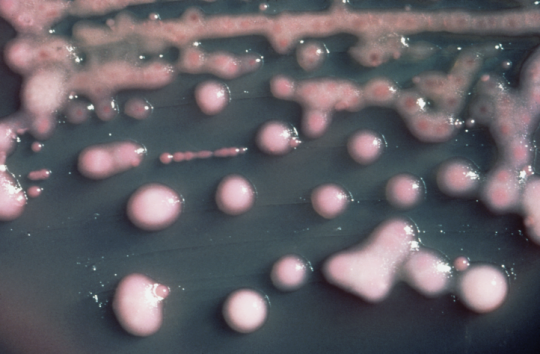

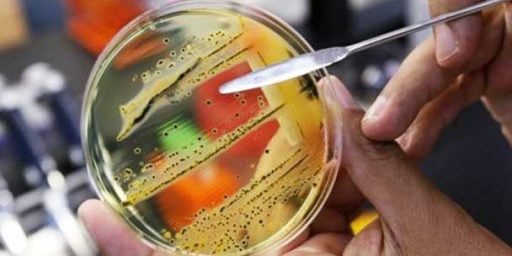

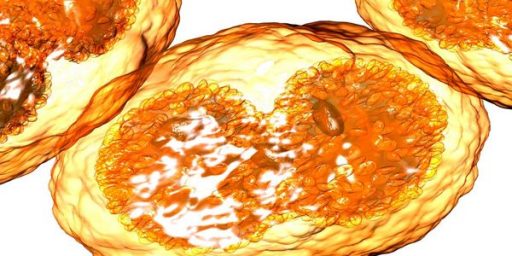
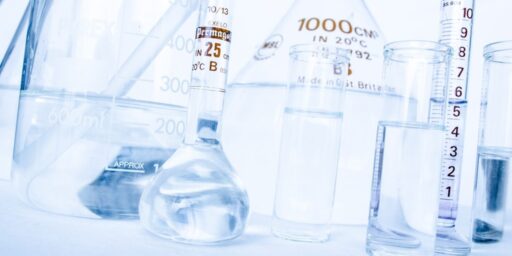
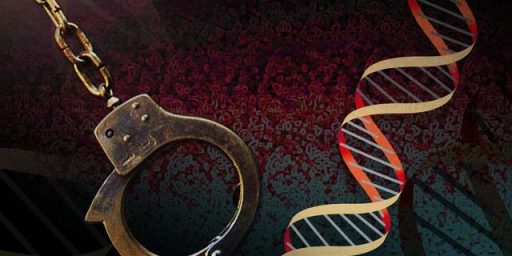
Well, of course bacteria evolve, but people? Don’t be ridiculous!
Human beings are irreducibly complex. What is the biological advantage of being halfway between an ape and a human? None, I tell, you, none! The apes would scorn you and the humans would put you in a freak show!
> What is the biological advantage of being halfway between an ape and a human?
You would be Rush Limbaugh?
Stories written like this just make me want to tear my hair out. I don’t mean this on the kindergarten level – the question of whether evolution is real or not. Of course it is, but sentences like this are completely misleading –
“a single strain of Streptococcus pneumoniae bacteria has morphed over 30 years and spread across the world, in an attempt to overcome the development of antibiotics and vaccines”
Bacteria do not evolve “in an attempt” to do anything. They are not conscious. They do not intend to evolve. They are not cognizant of the antibiotics that are being arrayed against them, and they are not “trying” to evade them. They simply have a high rate of genetic change – a rate that has resulted from the fact that those bacteria with slower rates have been wiped out. In other words, they have been selected for a high rate of genetic change..
“Over time, the bacteria mutated to better resist antibiotics and vaccines.”
AAARRGGHHH. They have not mutated in order to do anything. They have mutated, period. There is not intentionality behind it. The fact that they can resist antibiotics is a function of the fact that humans cannot design antibiotics at a rate that would keep up with the natural mutation rate of the bacteria. Plus, there will probably always be some member of the bacterial species that is resistant to anything we come up with – there is always a considerable amount of genetic variation in any healthy population of any species.
I realize that science writers have to translate science into concepts that regular readers can relate to,.but this teleological view of natural processes is just plain wrong, and it is destructive to public understanding to continue to use such concepts.
Actually, Tano, if you’re going to tear your hair out over anything, you should be pointing out that they weren’t “selected” due to their ability to genetically change — that’s an inherent property of DNA, but it takes X generations, where X in bacteria can be achieved very quickly. The real issue is that the antibiotics and vaccines have wiped out the non-resistant. The correct cause is, as you say, “… there will probably always be some member of the bacterial species that is resistant to anything we come up with – there is always a considerable amount of genetic variation in any healthy population of any species.” If everyone else is gone, it’s Free Resource Zone to the survivors. And the best exploiter of whatever’s lying around wins.
Mutate on, bacteria!